-
Property & Casualty
Property & Casualty Overview

Property & Casualty
We offer a full range of reinsurance products and the expertise of our talented reinsurance team.
Expertise
Publication
Structured Settlements – What They Are and Why They Matter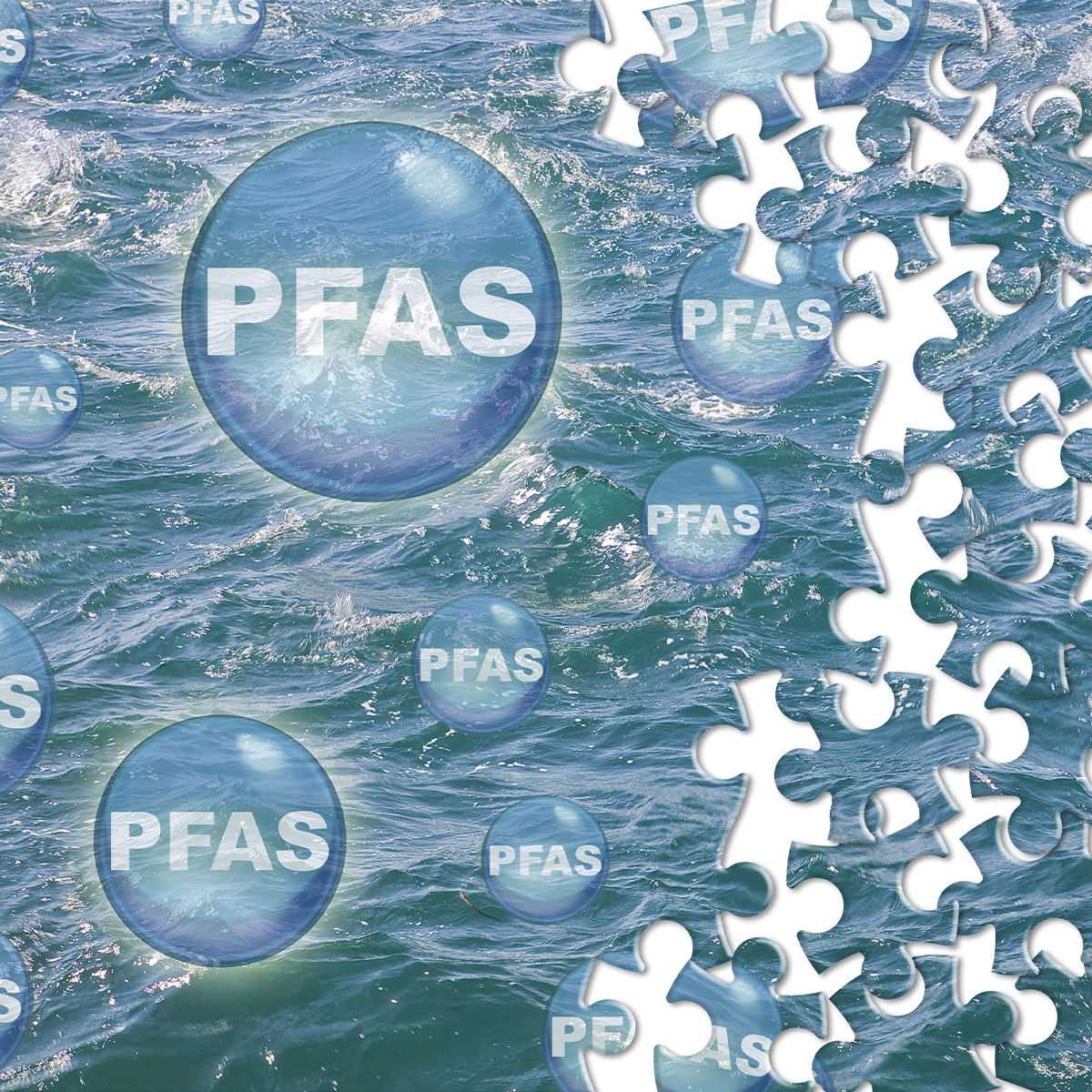
Publication
PFAS Awareness and Concern Continues to Grow. Will the Litigation it Generates Do Likewise?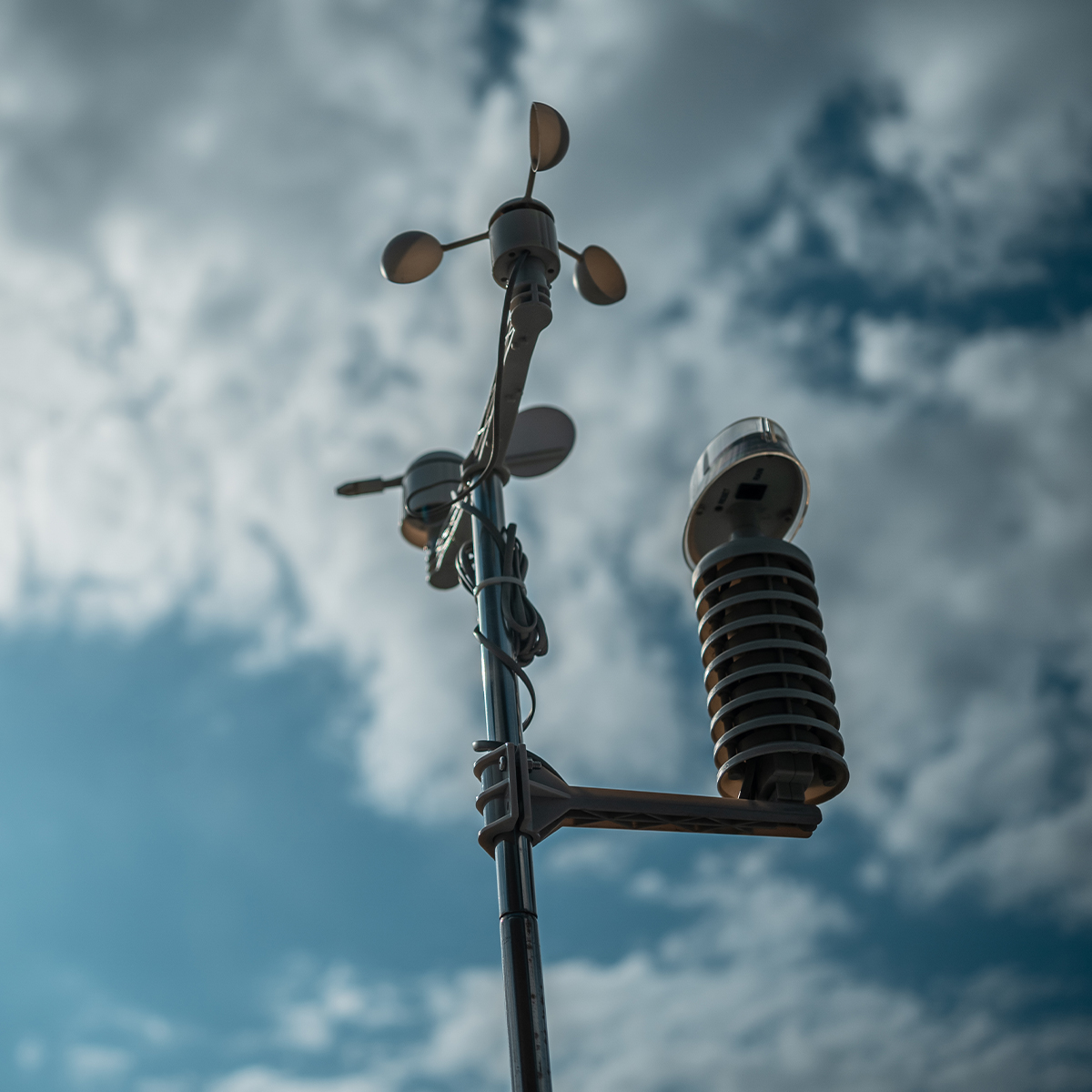
Publication
“Weather” or Not to Use a Forensic Meteorologist in the Claims Process – It’s Not as Expensive as You Think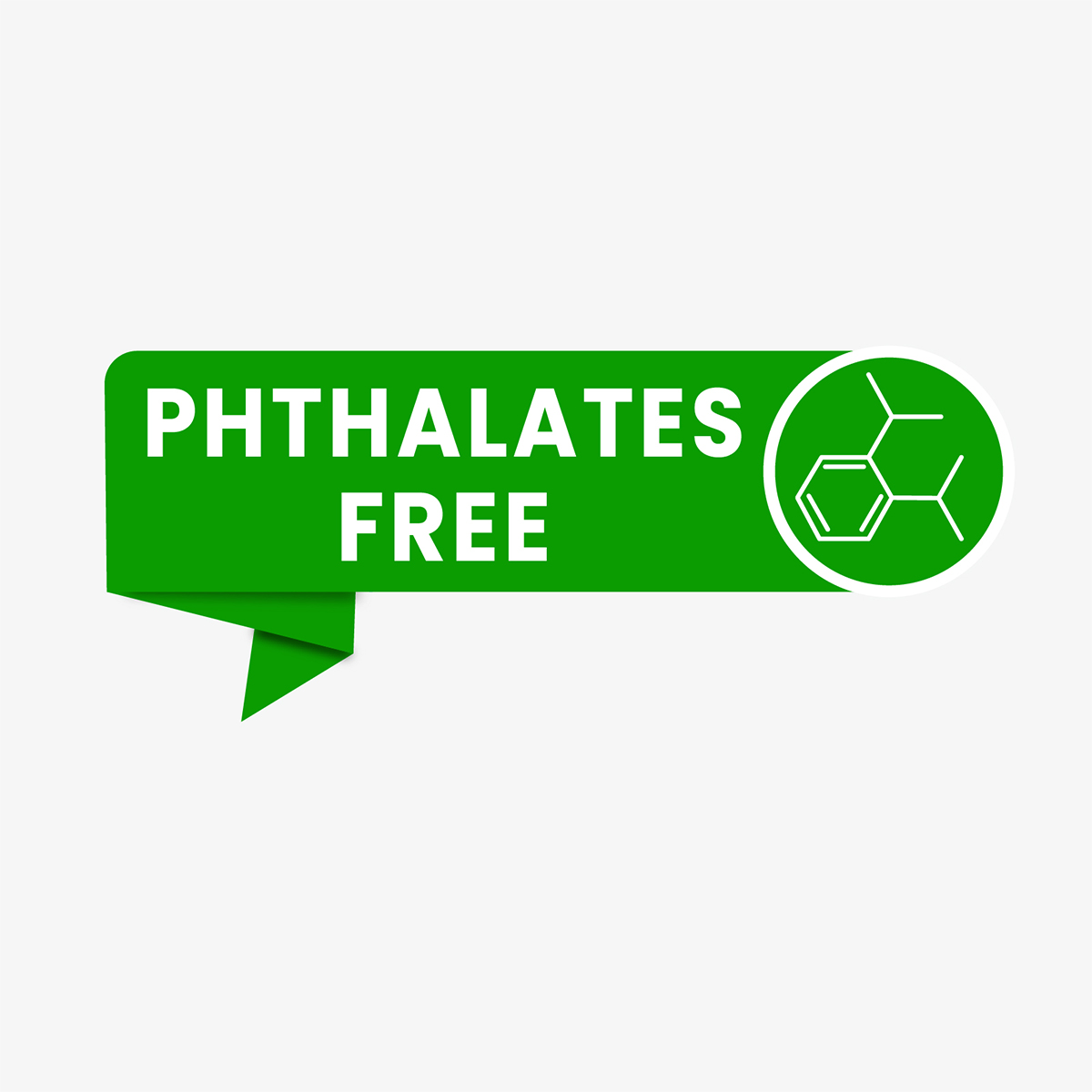
Publication
Phthalates – Why Now and Should We Be Worried?
Publication
The Hidden Costs of Convenience – The Impact of Food Delivery Apps on Auto Accidents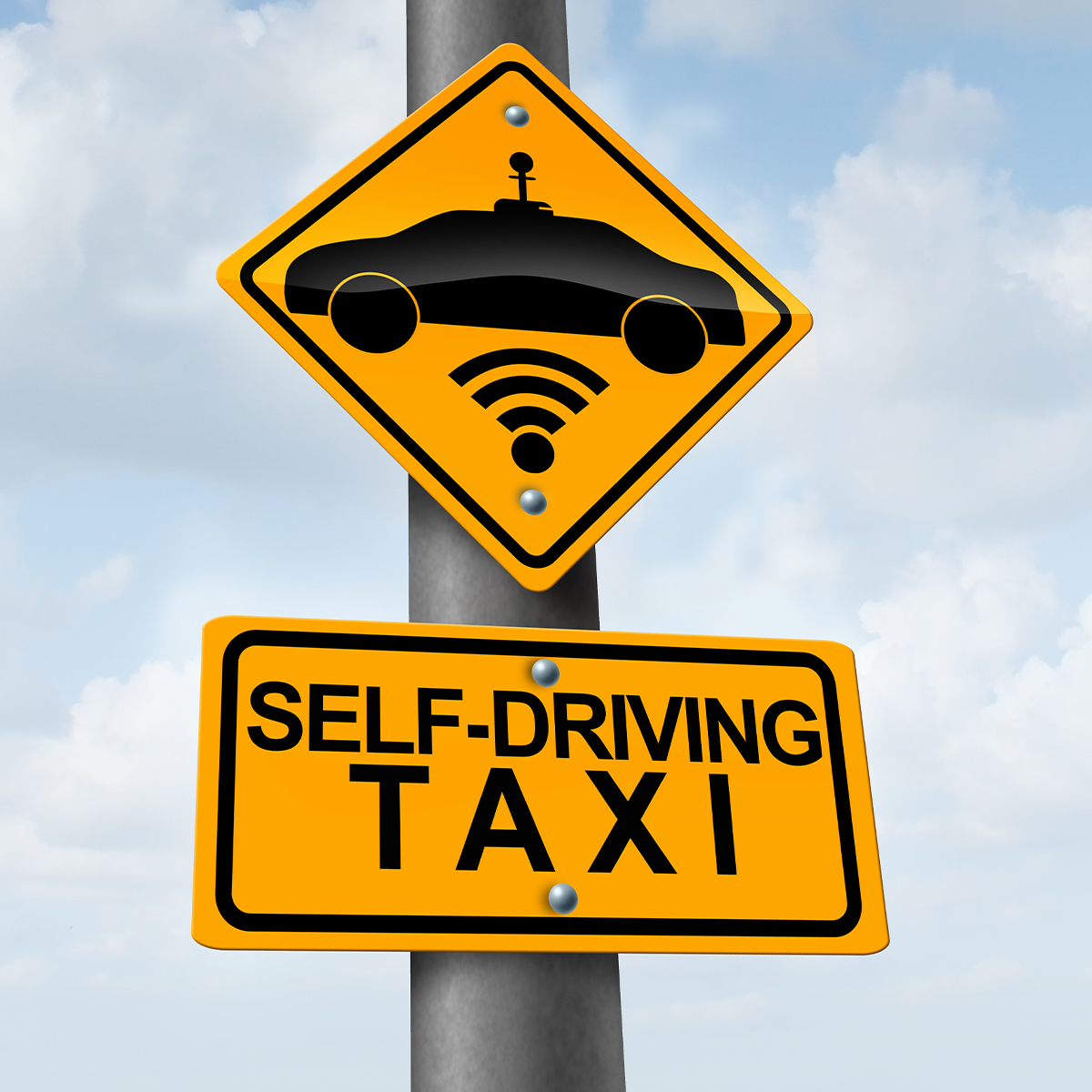
Publication
That’s a Robotaxi in Your Rear-View Mirror – What Does This Mean for Insurers? -
Life & Health
Life & Health Overview

Life & Health
We offer a full range of reinsurance products and the expertise of our talented reinsurance team.
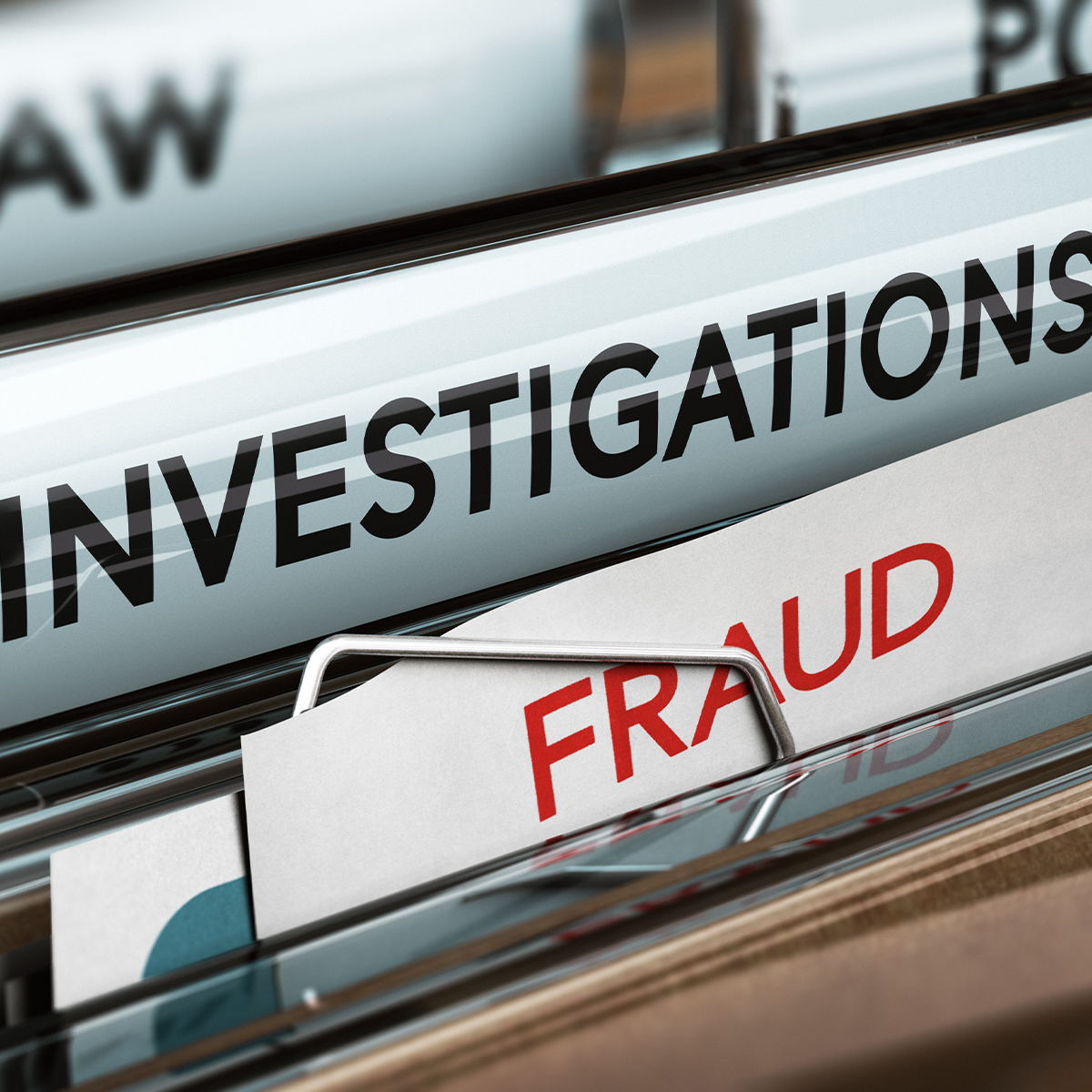
Publication
Key Takeaways From Our U.S. Claims Fraud Survey
Publication
Favorite Findings – Behavioral Economics and Insurance
Publication
Individual Life Accelerated Underwriting – Highlights of 2024 U.S. Survey
Publication
Can a Low-Price Strategy be Successful in Today’s Competitive Medicare Supplement Market? U.S. Industry Events
U.S. Industry Events
Publication
The Latest in Obstructive Sleep Apnea -
Knowledge Center
Knowledge Center Overview

Knowledge Center
Our global experts share their insights on insurance industry topics.
Trending Topics -
About Us
About Us OverviewCorporate Information

Meet Gen Re
Gen Re delivers reinsurance solutions to the Life & Health and Property & Casualty insurance industries.
- Careers Careers
Product Liability Claims: A Pocket Guide to Risk Prevention
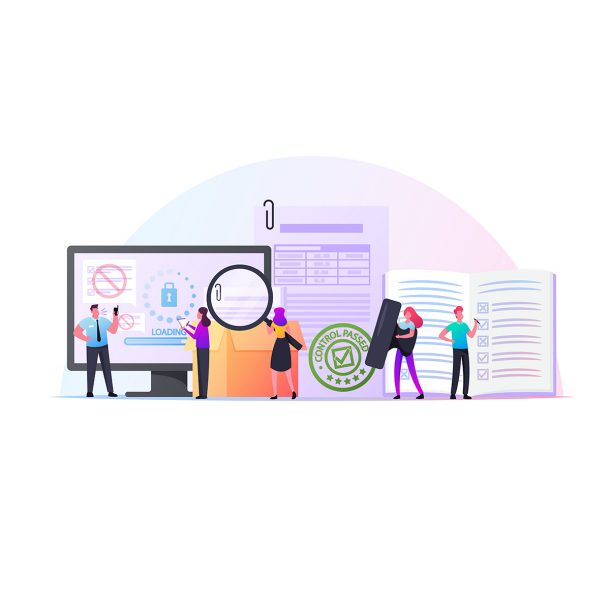
Whether it’s a car, candy bar, toy, or television, most products will usually have undergone several rounds of development and testing to ensure they meet quality standards before entering the hands of consumers. While product safety certifications and quality assurance seals play a vital role in reducing the risk of faulty and/or dangerous products entering the market, claims do still arise. This article sets out practical questions insurers can ask to help mitigate product liability risk exposures and to help prevent untoward incidents occurring in the first place.
What Claims Are Covered by Product Liability Insurance?
Most of us will have encountered a sub-standard product at some point in our lives. Often the issues are inconsequential (such as finding a bug inside a jar of peanut butter), but complex cases do arise with serious outcomes for those involved.
In general, there are three types of defects that can be attributable to products:
- Design defects
- Manufacturing defects
- Warning and instructions defects
As product liability cases are subject to strict liability, the claimant jointly needs to show:
- The product was defective;
- The claimant suffered damage/injury; and
- A causal link between the defective product and the damage/injury caused.
If a product is simply inadequate or has caused only moral damage or inconvenience, it would not normally be covered by a product liability policy. The following example illustrates this:
In 2008, a car commercialized in Brazil led to eight owners losing part of their fingers while trying to fold the rear seat. The folding system was analyzed and criticized by an expert who reported a design fault that induced the user to instinctively put their finger on the ring which could result in the alleged injury. The user manual was also found not to contain adequate guidance on how to fold the seat safely.
In this particular case, the eight owners suffered a bodily injury as a consequence of the product defect and so were compensated. Had the defective design not caused any injuries, but rather just a rear seat that was simply difficult to fold, the product liability outcome would have been different.
The Importance of Understanding Local Legislation
Knowledge of the legislation a product will be exposed to is an important part of any risk prevention exercise and it’s vital to stay up to date as changes occur regularly.
For example, the UK has seen significant change in the past couple of years due to Brexit. UK distributors of goods imported into the EU are now “UK importers” and carry primary responsibility under the Consumer Protection Act for unsafe products. Goods being placed into the British market also now require a UK Conformity Assessment marking. Additionally, the UK is no longer a participant in Europe’s rapid alert for dangerous products initiative.1
Canada is another example. Unlike the EU, Canada has no scheme for product liability issues and, with some exceptions, most consumer products fall into the category of “property and civil rights”. The law on product liability involves a combination of case law and legislation. Recently the Supreme Court changed the product liability law to eliminate economic loss claims by third party intermediaries.2
Five Key Questions to Help Mitigate Product Liability Risks
Claims prevention is an important exercise that can be practiced not only by the insured, but also by insurance companies as part of their risk management strategy. The following questions are a useful starting point when assessing the risks presented by a product and can even help to prevent unfortunate incidents happening in the first place.
1. Is the product being produced by a reputable manufacturer?
Well-known brands from manufacturers with a strong track record of quality and safety can reinforce the risk assessment during an underwriting process as they typically have a higher profit margin and a reputation to protect. On the other hand, smaller companies do not always have the necessary margin or the resources to apply high quality standards.3
2. What type of damage could the product potentially cause?
This involves thinking more deeply about a product’s ability to inflict damage. For example, every day in the U.S. an average of 25 home fires are started by accidents involving candles.4 But, aside from starting fires, candles have caused other issues, as seen in the case of the Yankee Candle Company Inc. which had to recall 31,000 of its square glass jar candles after the jars shattered on 16 occasions, posing a serious risk of laceration. As reported in the press, Yankee imported the defective jars from Poland and then sold them in the U.S. between September 2016 and November 2016.
3. Could there be risks stemming from the manufacturing process?
As products often combine raw materials from several different suppliers, identifying who is responsible when a defect is discovered can be tricky and involve the need to analyze the entire production chain. An example of this is a candy factory that was in disbelief when it started receiving claims from consumers alleging to have found small pieces of plastic in their candies. Following an investigation (including a costly recall of all the merchandise), one of the sugar cane producers was found to be responsible. The company was using plastic paddles of poor quality to dissolve lumps before separating the sugar into packages ready to send to the candy producer.
4. Is the information accompanying the product clear and adequate?
Providing clear and sufficient information about a product (and if appropriate, how to use it) is hugely important. In the case of food stuffs, products must comply entirely with the information provided regarding ingredients to avoid causing allergic reactions or causing harm to consumers with conditions such as coeliac disease. Instructions should be well written and include any necessary warnings.5
5. Does the manufacturer adhere to quality standards and have the certifications been checked?
It’s important to check if manufacturers adhere to recognized safety certifications and quality seals. Most countries have bodies responsible for regulating quality standards. For example, here in Brazil, INMETRO6 is responsible for coordinating product certification, compliance and the authorization of approved certification marks. INMETRO seals apply to various types of products and are a good sign that a product has been tested and is safe for use.
Brazilian agencies have offered repeated warnings about the risks non-certified products can present small children. A toy that’s currently hugely popular is a fidget toy called a Pop It – essentially a brightly colored silicone tray with pokable bubbles. While copies can be readily found at prices 20‑40% lower than the original brand, some have been found to contain toxic materials.
a) Will the product be exported to the U.S. or Canada?
This information is important since the jurisdiction of those two countries tends to be more severe on what concerns liability attribution and indemnities are even higher than in other countries. If the product is exported to the U.S., it’s worth double checking that enough information is provided in the instruction as an omission leading to injury could lead courts to decide that there is a liability and a payment obligation.
New Risks, Trends and What to Expect in the Future
Over the past decades several new products have become part of our lives. Some of them, such as autonomous cars and 3D printers, are tangible while others only exist in the digital world. Studies into products related to AI, software and cryptocurrencies continue worldwide. Insurers need to be open to discussions to provide solutions in the future and while this market is still being explored.
Concerning software, until now, most of the courts in the U.S., for example, have held that it is not a product and therefore not subject to strict liability. However, when incorporated into other products, it may be difficult to distinguish whether the problem lies in the software itself or elsewhere.
Notable examples include the Therac‑25 radiation therapy machine that massively overdosed six people between June 1985 and January 1987 as a result of software fault.7 And, more recently, the Boeing 737 Max accidents, which investigators suspect may have been caused by an angle attack (AOA) sensor on the outside of the plane transmitting incorrect data that could have triggered automated flight software, forcing the plane’s nose down.8
Despite not being subject to strict liability, software is subject to negligence. Coverage such as E&O Tech9 has been designed with technology provider companies in mind and adapted to the needs of the industry.
While it’s inevitable that accidents will happen, conducting risk prevention exercises to gain a solid understanding of the possible exposures can be invaluable. Support in this area is part of the service we offer our clients. Get in touch with your local Gen Re office if you would like to find out more.
Endnotes
- The Rapid Exchange of Information System (RAPEX) is the EU rapid alert system for unsafe consumer products and consumer protection. RAPEX allows a quick exchange of information on measures such as repatriation or product recalls, whether carried out by national authorities or by a voluntary action of manufacturers and distributors. https://joinup.ec.europa.eu/collection/rapex/about
- See in https://www.ontariocourts.ca/decisions/2018/2018ONCA0407.htm In a split decision, the majority held that a manufacturer does not owe a duty of care to franchises of a supply chain purchaser for economic losses arising from a product recall, even where the franchises losses were reasonably foreseeable.
- See in “The Uneasy Case for Product Liability” (2009); A. Mitchell Polinsky and Steven Shavell, Forthcoming, Harvard Law Review, April 2010, page 12.
- See in https://www.newsomelaw.com/blog/yankee-candle-recalls-31000-candles/
- Example: “This product may contain traces of nuts”.
- Brazilian National Institute of Metrology Standardization and Industrial Quality.
- “An Investigation of the Therac‑25 Accidents”, Nancy G. Leveson and Clark S. Turner, University of Washington and University of California, Irvine, see in https://web.stanford.edu/class/cs240/old/sp2014/readings/therac-25.pdf. Those accidents occurred when the high-current electron beam generated in X‑ray mode was delivered directly to patients; two software faults were to blame, one when the operator incorrectly selected X‑ray mode before quickly changing to electron mode and the second fault allowed the electron beam to activate during field light mode, during which no beam scanner was active or target was in place. See in https://en.wikipedia.org/wiki/Therac-25.
- See in https://incompliancemag.com/article/technology-developments-and-the-risk-of-product-liability/.
- Technology Errors and Omissions Insurance. This coverage can help cover business legal fees and others related to: 1) Software sold to a client that had glitches that caused them to lose a month’s worth of billing data; 2) Installed equipment that prevented your customer from receiving online orders for 48 hours.




